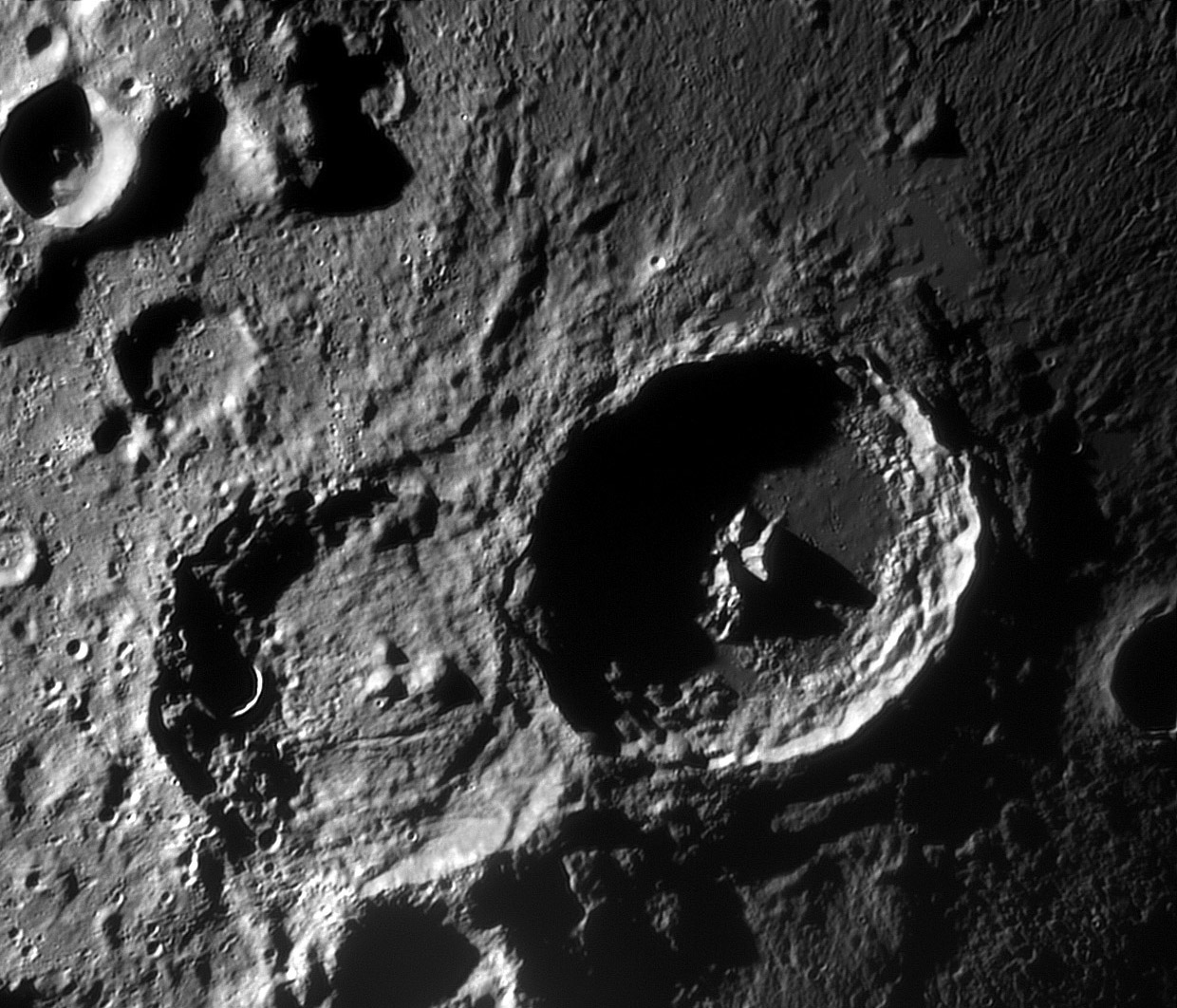Difference between revisions of "July 24, 2014"
| Line 1: | Line 1: | ||
__NOTOC__ | __NOTOC__ | ||
=Wow!= | =Wow!= | ||
| − | |||
<!-- ws:start:WikiTextHeadingRule:0:<h1> --> | <!-- ws:start:WikiTextHeadingRule:0:<h1> --> | ||
<!-- ws:start:WikiTextLocalImageRule:6:<img src="/file/view/LPOD-Jul24-14.jpg/516924622/LPOD-Jul24-14.jpg" alt="" title="" /> -->[[File:LPOD-Jul24-14.jpg|LPOD-Jul24-14.jpg]]<!-- ws:end:WikiTextLocalImageRule:6 --><br /> | <!-- ws:start:WikiTextLocalImageRule:6:<img src="/file/view/LPOD-Jul24-14.jpg/516924622/LPOD-Jul24-14.jpg" alt="" title="" /> -->[[File:LPOD-Jul24-14.jpg|LPOD-Jul24-14.jpg]]<!-- ws:end:WikiTextLocalImageRule:6 --><br /> | ||
| − | <em>image by [mailto:christian.viladrich@neuf.fr Christian Viladrich], France</em><br /> | + | <em>image by [mailto:christian.viladrich@neuf.fr" rel="nofollow Christian Viladrich], France</em><br /> |
<br /> | <br /> | ||
| − | The best place on the Moon to observe impact melt outside a crater is on the northern exterior rim of Theophilus. The smooth ponds fill low spots, presumably having flowed downhill into depressions after having rained down equally on everything. The fact that these ponds are not completely level (thank you QuickMap) implies that the rim of the crater was still shifting following the impact that dug the hole and ejected melted rock. The concentration of melt deposits only on the north-northeast side of the crater implies that Theophilus may have formed by a somewhat oblique impact. Impact melt also fell back inside the rim, forming a molten floor covering that made cracks and little blisters (as we see in the younger craters like Tycho and Aristarchus whose floors have not yet been gardened into smoothness by bombardment of small meteorites). None of that original melt texture remains in the older Theophilus, but Christian's very low Sun view reveals small bumps that are invisible in the higher Sun QuickMap views. This is just a piece - the best piece! - of a larger image available [http://www.astrosurf.com/viladrich/astro/moon/closeup/Cyril_17July2014-red.jpg here].<br /> | + | The best place on the Moon to observe impact melt outside a crater is on the northern exterior rim of Theophilus. The smooth ponds fill low spots, presumably having flowed downhill into depressions after having rained down equally on everything. The fact that these ponds are not completely level (thank you QuickMap) implies that the rim of the crater was still shifting following the impact that dug the hole and ejected melted rock. The concentration of melt deposits only on the north-northeast side of the crater implies that Theophilus may have formed by a somewhat oblique impact. Impact melt also fell back inside the rim, forming a molten floor covering that made cracks and little blisters (as we see in the younger craters like Tycho and Aristarchus whose floors have not yet been gardened into smoothness by bombardment of small meteorites). None of that original melt texture remains in the older Theophilus, but Christian's very low Sun view reveals small bumps that are invisible in the higher Sun QuickMap views. This is just a piece - the best piece! - of a larger image available [http://www.astrosurf.com/viladrich/astro/moon/closeup/Cyril_17July2014-red.jpg" rel="nofollow here].<br /> |
<br /> | <br /> | ||
| − | <em>[mailto:tychocrater@yahoo.com Chuck Wood]</em><br /> | + | <em>[mailto:tychocrater@yahoo.com" rel="nofollow Chuck Wood]</em><br /> |
<br /> | <br /> | ||
<strong>Technical Details</strong><br /> | <strong>Technical Details</strong><br /> | ||
Revision as of 23:02, 4 January 2015
Wow!

image by " rel="nofollow Christian Viladrich, France
The best place on the Moon to observe impact melt outside a crater is on the northern exterior rim of Theophilus. The smooth ponds fill low spots, presumably having flowed downhill into depressions after having rained down equally on everything. The fact that these ponds are not completely level (thank you QuickMap) implies that the rim of the crater was still shifting following the impact that dug the hole and ejected melted rock. The concentration of melt deposits only on the north-northeast side of the crater implies that Theophilus may have formed by a somewhat oblique impact. Impact melt also fell back inside the rim, forming a molten floor covering that made cracks and little blisters (as we see in the younger craters like Tycho and Aristarchus whose floors have not yet been gardened into smoothness by bombardment of small meteorites). None of that original melt texture remains in the older Theophilus, but Christian's very low Sun view reveals small bumps that are invisible in the higher Sun QuickMap views. This is just a piece - the best piece! - of a larger image available " rel="nofollow here.
" rel="nofollow Chuck Wood
Technical Details
July 17, 2014. Celestron 14 + IDS3370 camera
Related Links
21st Century Atlas charts 6 & 7.



